As CEO of Stellantis, Carlos Tavares has a lot of cars to sell. So when he says he’s worried about how affordable new models are and admits he’s concerned that if prices continue to rise, “the middle classes would not be able to buy new cars”, it should raise alarm bells.
Mr Tavares, who oversees 15 brands within the Stellantis portfolio, was speaking to reporters during an online interview recently and expressed deep worry about the direction the industry is headed.
“I am very concerned about the effect of affordability,” he is quoted as saying in The Detroit Bureau.
The costs of producing cars are increasing faster than inflation, making cars more expensive than ever before. The reasons for this are both obvious and complex, beginning with the initial coronavirus-induced lockdown in early 2020 and subsequent semiconductor shortage. The shuttering of factories during the early stages of the global pandemic meant a production drop which has evolved into supply constraints around the world, not just in Australia.
Coupled with these industry wide problems is the increased cost of raw materials during the ongoing pandemic, which has worsened in recent weeks with Russia’s invasion of Ukraine.
The price of materials vital for the production of cars - including steel, aluminium and nickel - have all spiked since Ukraine was invaded.
We’ve already begun to see the impact of these changes in recent weeks with some brands deciding to pass the price increase on to consumers. Just last week Ram Australia (which falls under the broader Stellantis umbrella globally) announced price rises of between $3000 to $6000 across its range due to the increased cost in building new vehicles.
Another Stellantis brand also recently demonstrated Mr Tavares’ point, with Jeep Australia announcing the new Grand Cherokee L pricing, which is a steep increase on the outgoing model. While it brings new design, technology and space, the new Grand Cherokee is $20,000 more expensive that the comparative model it replaces.

This isn’t limited to Stellantis, of course, and it arguably pre-dates the global pandemic in many respects with several car brands adopting a ‘quality over quantity’ business model, which focuses on selling fewer cars but at a higher premium.
Back in December 2019, CarsGuide highlighted the demise of the sub-$15k segment of the new car industry, with the likes of Hyundai Accent, Holden Spark and Ford Fiesta all dropped locally and other models, including the Toyota Yaris and Mazda2, now significantly more expensive.
We also reported on the sharp price increase in other market segments, such as ‘hot hatches’ where models like the Volkswagen Golf GTI and Ford Fiesta ST have seen a 25 per cent price increase in the last five years.
.jpg)
The strain on the new car industry has bled over into the used-car market, with prices up almost across the board but especially with newer models, as buyers looking for a new car are either priced out or cannot find supply.
For his part, Mr Tavares is looking for new ways to save costs and sighted marketing and distribution as a key area that Stellantis will explore. It’s unclear what form this could take, but he did say he was looking at how dealership regulations work around the world. This suggests the company could look to follow the sales models of Honda and Mercedes-Benz in Australia and take more direct control and minimise the role of the dealer to try and cut operational costs.




.jpg)







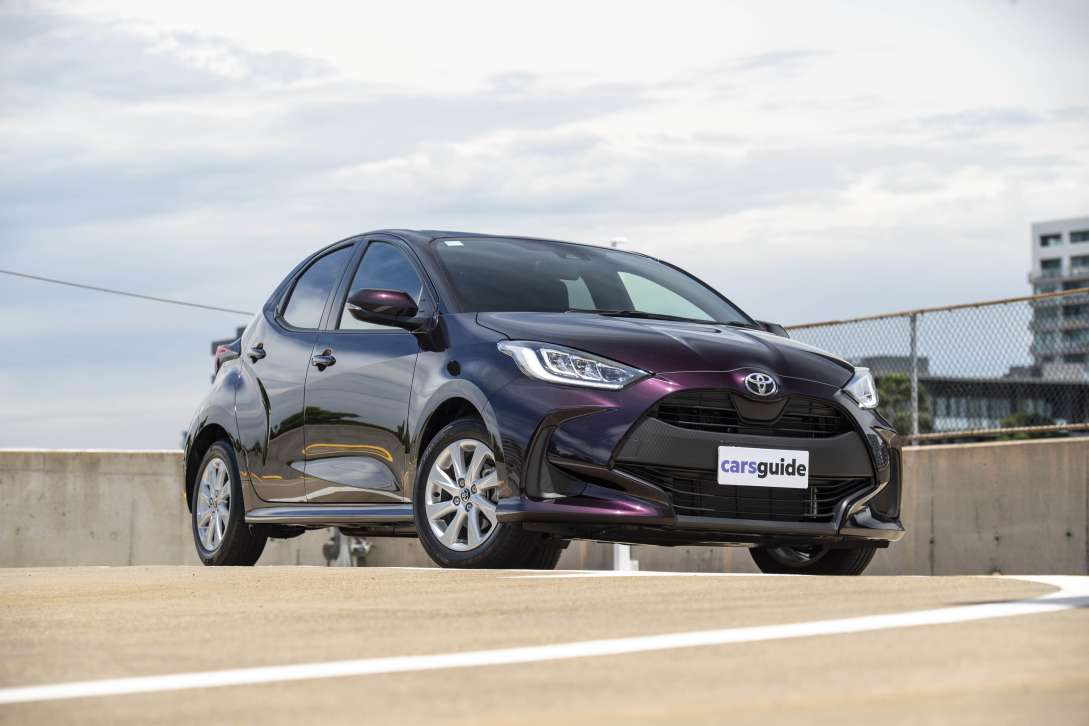
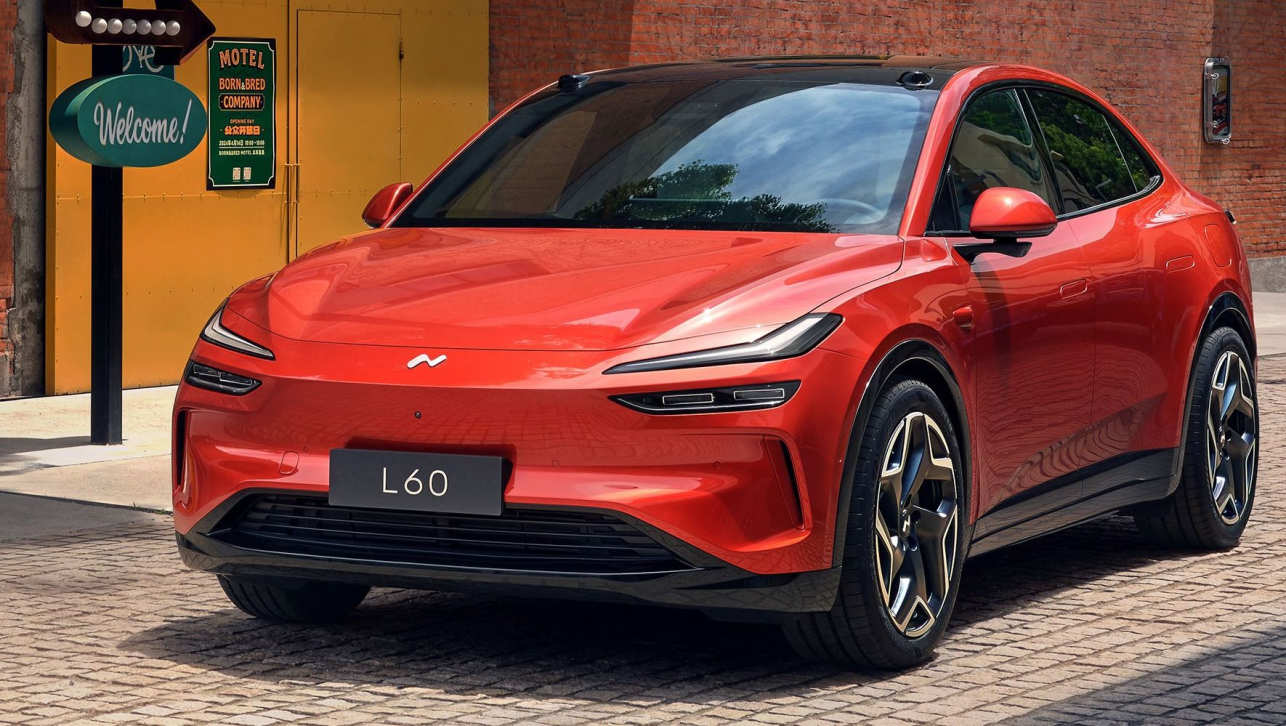
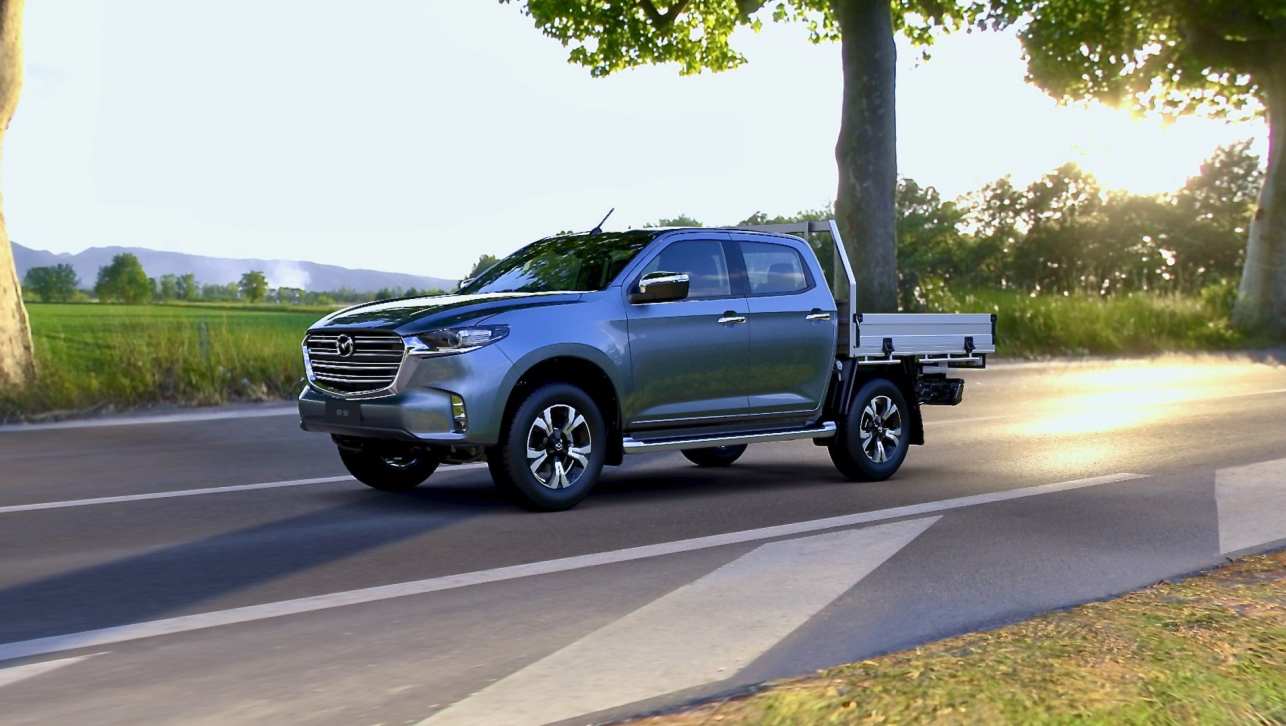
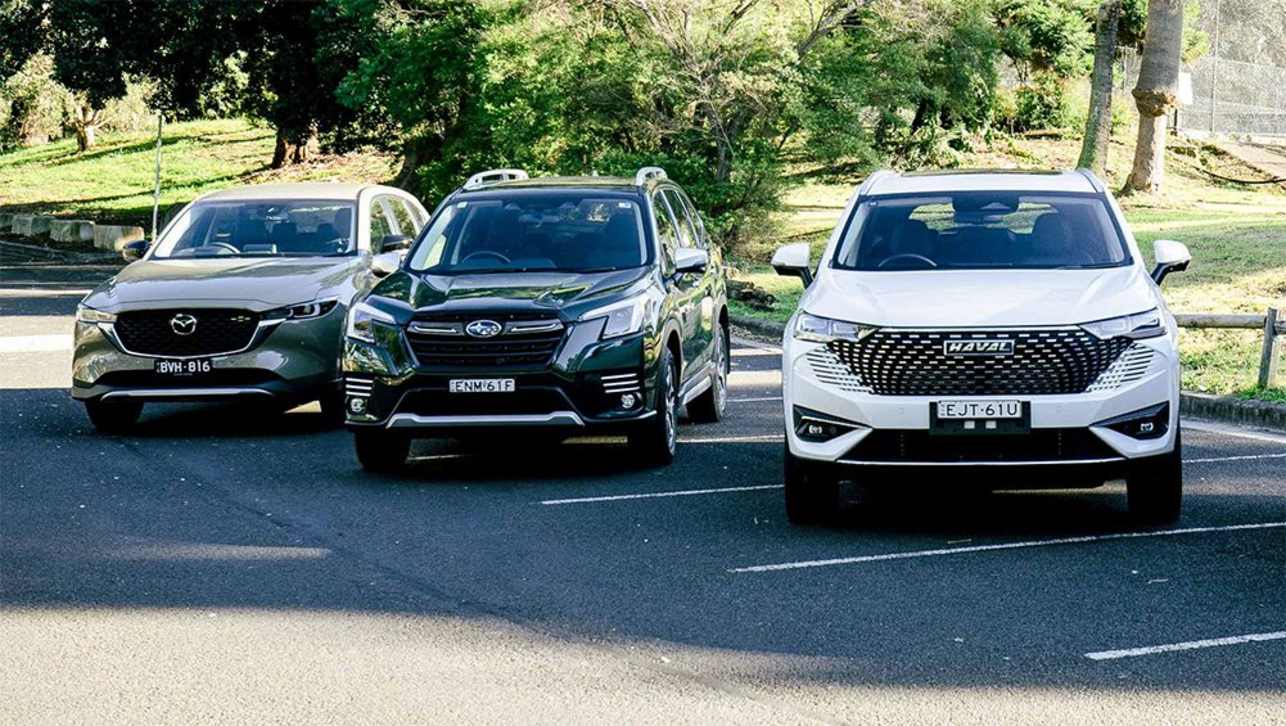
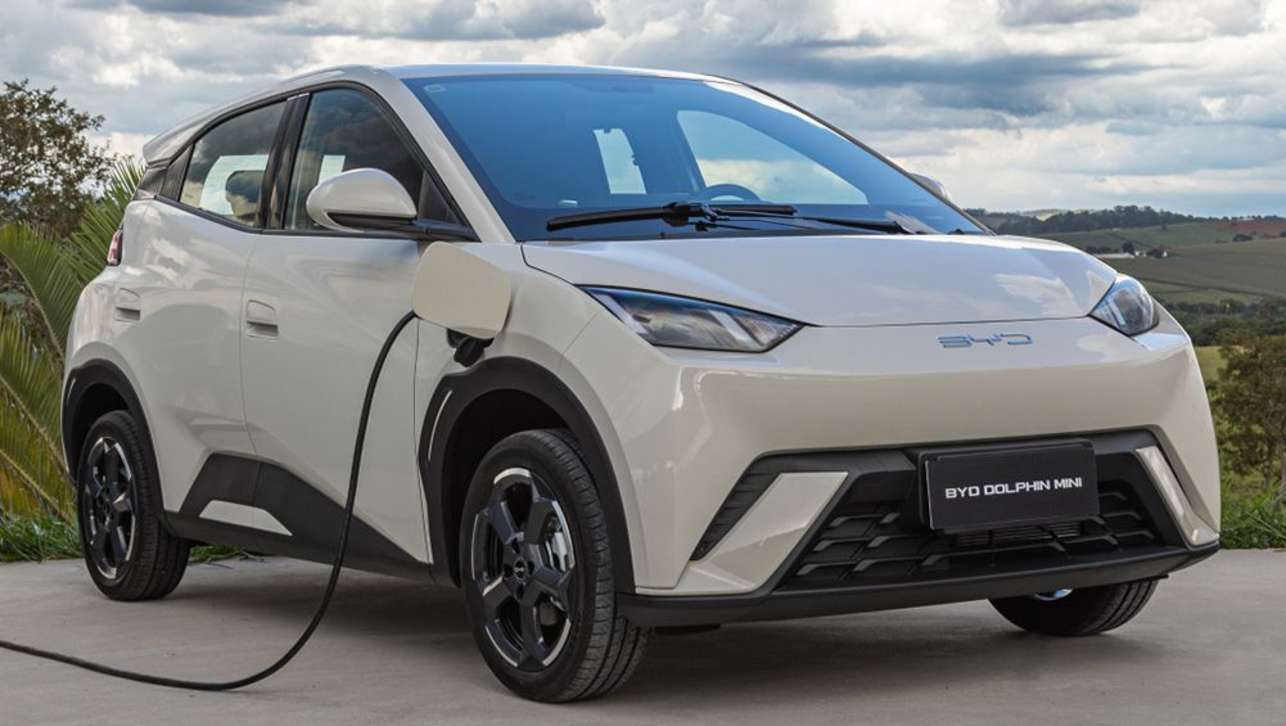
.jpg)


.jpg)

.jpg)
.jpg)

.jpg)
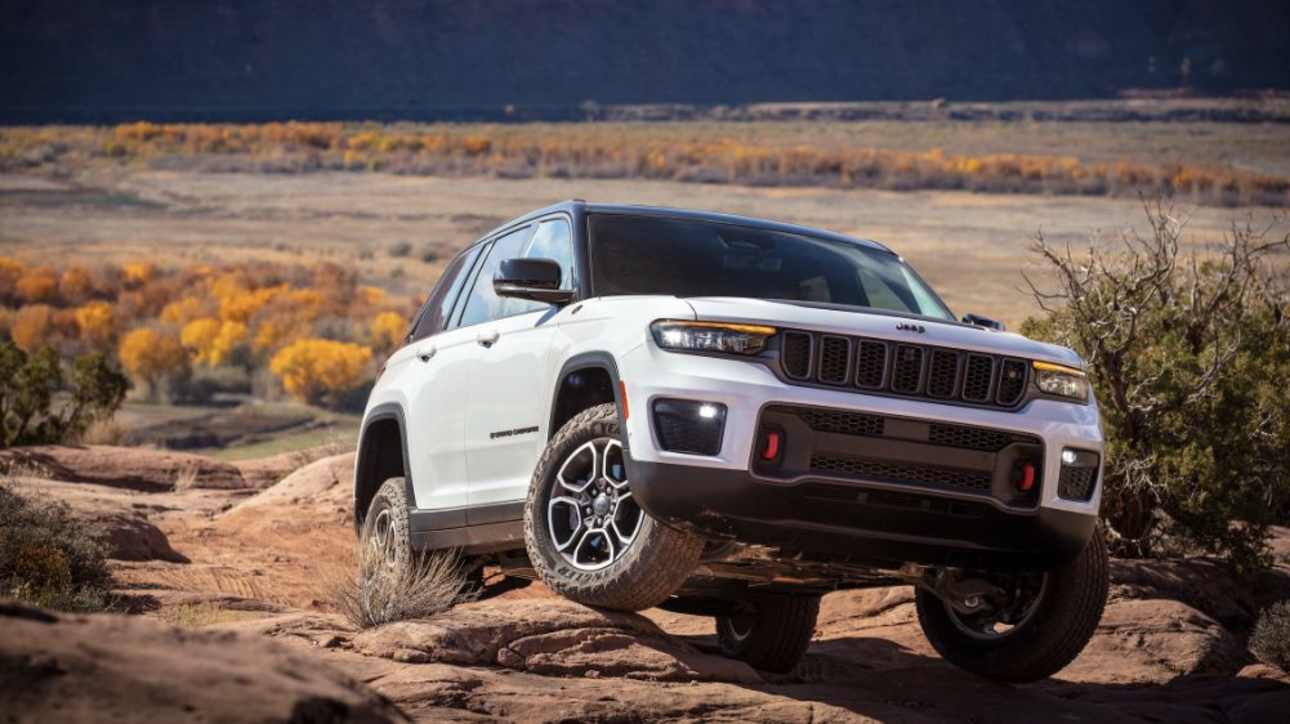



.jpg)
Comments